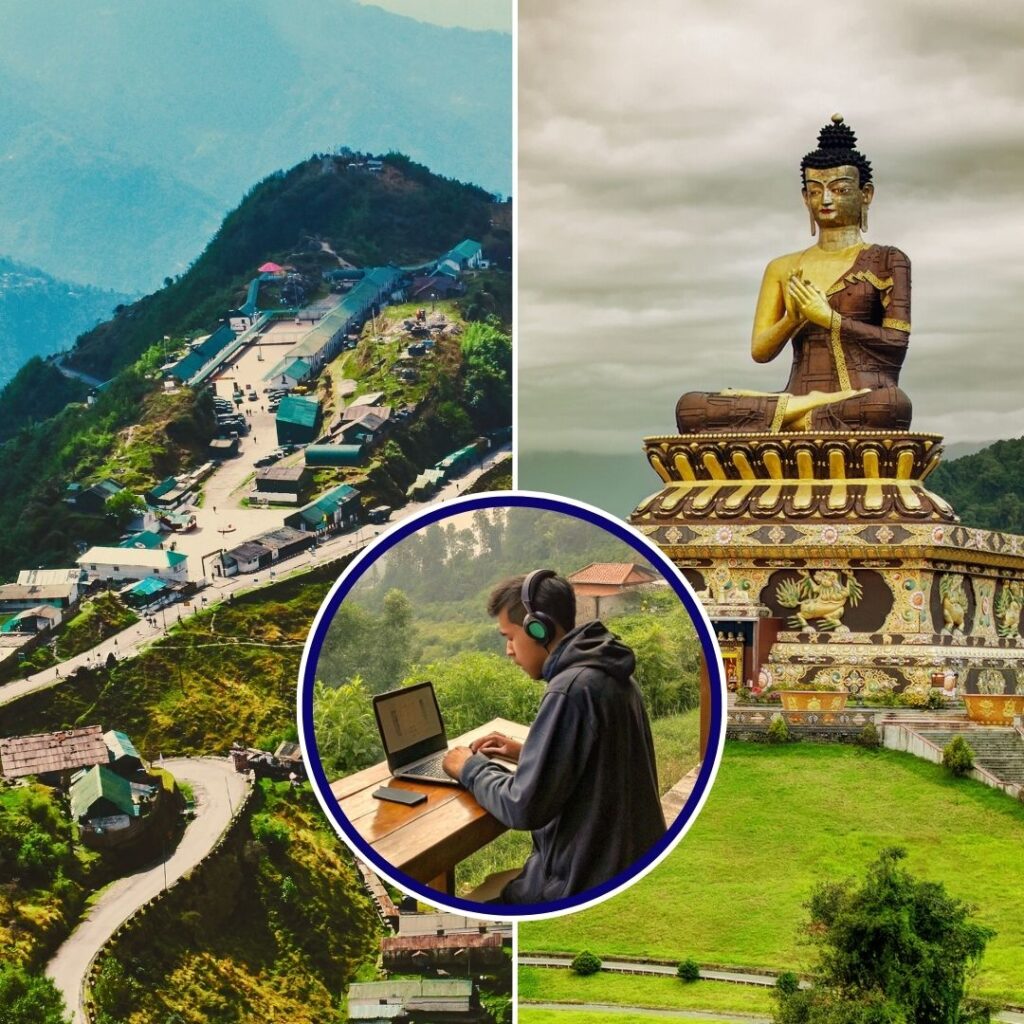The Kashmir Conflict is one of the biggest disputes of the past century and one of the longest existing conflicts. It began officially on 1947 and continues to this day. In 68 years it has caused the death, displacement and destruction of thousands of people. To understand this conflict one must know the history behind the conflict. Below is a timeline of the events leading up to the inception of the conflict and the course of the same. The reader is advised to research further on the issue so that he or she can have an informed, educated opinion on the subject.
Kashmir Before 1947 9 March 1846: Following victory in the First Anglo-Sikh War, the East India Company annexes the Kashmir Valley. The princely state of Jammu & Kashmir (generally called Kashmir) is formed. 16 March 1846: The Treaty of Amritsar is signed; Gulab Singh is appointed as the ruler of Kashmir in exchange of annual payments and suzerainty. His family will rule Kashmir till 1952. 11 June 1939: The Jammu & Kashmir National Conference is formed. Led by Sheikh Abdullah, the party opposes the unpopular rule of Hari Singh. In May 1946, the Quit Kashmir movement is launched by Abdullah, demanding sovereignty for the Kashmiri people and the repeal of the Treaty of Amritsar. 22-24 March 1940: The All-India Muslim League passes the Lahore Resolution (popularly known as the Pakistan Resolution) demanding a separate nation for Muslims living in British India. The resolution declares that “No constitutional plan would be workable or acceptable to the Muslims unless geographical contiguous units are demarcated into regions which should be so constituted with such territorial readjustments as may be necessary.” 15 July 1947: The British Parliament passes the Indian Independence Act, relinquishing control of the subcontinent to the Dominions of India and Pakistan. 14 August 1947: The Dominion of Pakistan (in 1956 it became the Islamic Republic of Pakistan) comes into being. 15 August 1947: The Union of India (officially the Republic of India) comes into being. 1947 – 1948: INC leaders campaign relentlessly to convince each of the hundreds of princely states to join the Dominion of India instead of opting for Pakistan or independence. Led by the efforts of Vallabhbhai Patel and VP Menon, almost all the states join India. The three main challenges are posed by Hyderabad, Junagadh – and Kashmir. Junagadh is integrated after a diplomatic crisis and a plebiscite; Hyderabad joins the Indian Union after the Indian Army intervenes through Operation Polo.
The Conflict Begins Early 1947: A revolt begins in the Poonch region of Kashmir against Hari Singh. Poonch is less than 100 km from Pakistan, and the rebels are actively supplied by Pakistani forces who dubbed them as the “Azad Army”. Hindus and Sikhs are massacred by Muslims. 12 August 1947: Hari Singh asks for a Standstill Agreement with India and Pakistan. The agreement states that “existing arrangements should continue pending settlement of details.” The agreement is signed by only Pakistan. It is widely believed that Singh is still unsure about which country to join, and generally more inclined to opt for independence. Kashmir is a Muslim-majority State ruled by a Hindu king. September 1947: Muslims in Jammu are massacred by Hindu and Sikh mobs. Thousands of Muslims flee Jammu even as thousands of Hindus and Sikhs flee Poonch. The situation in Kashmir has denigrated drastically. 22 October 1947: Tribal militias composed of Pathans equipped by the Pakistani Army rally with the Poonch rebels and dissidents and invade Kashmir. There is widespread looting, pillaging and raping as the tribals quickly make their way to Srinagar. 26 October 1947: Hari Singh writes to then-Governor-General Mountbatten, saying that “… soldiers in plain clothes, and desperadoes with modern weapons have been allowed to [infiltrate] the State … In spite of repeated requests made by my Government no attempt has been made to check these raiders … The Pakistan Radio even put out a story that a Provisional Government had been set up in Kashmir. The people of my State both the Muslims and non-Muslims generally have taken no part at all … I have no option but to ask for help from the Indian Dominion. Naturally they cannot send the help asked for by me without my State acceding to the Dominion of India. I have accordingly decided to do so and I attach the Instrument of Accession for acceptance by your Government …” 26 October 1947: The Instrument of Accession is signed; Hari Singh accedes the princely state of Jammu & Kashmir to India. The location where the document was signed is contested; some historians say it’s Delhi, others argue it’s Srinagar. The National Conference – the strongest political party in Kashmir – endorses the Accession saying that now “India has the legal and moral justification” to send in the Army.
The First Indo-Pakistani War & UN Intervention 27 October 1947: The Indian Army enters Kashmir to repeal the invaders….











